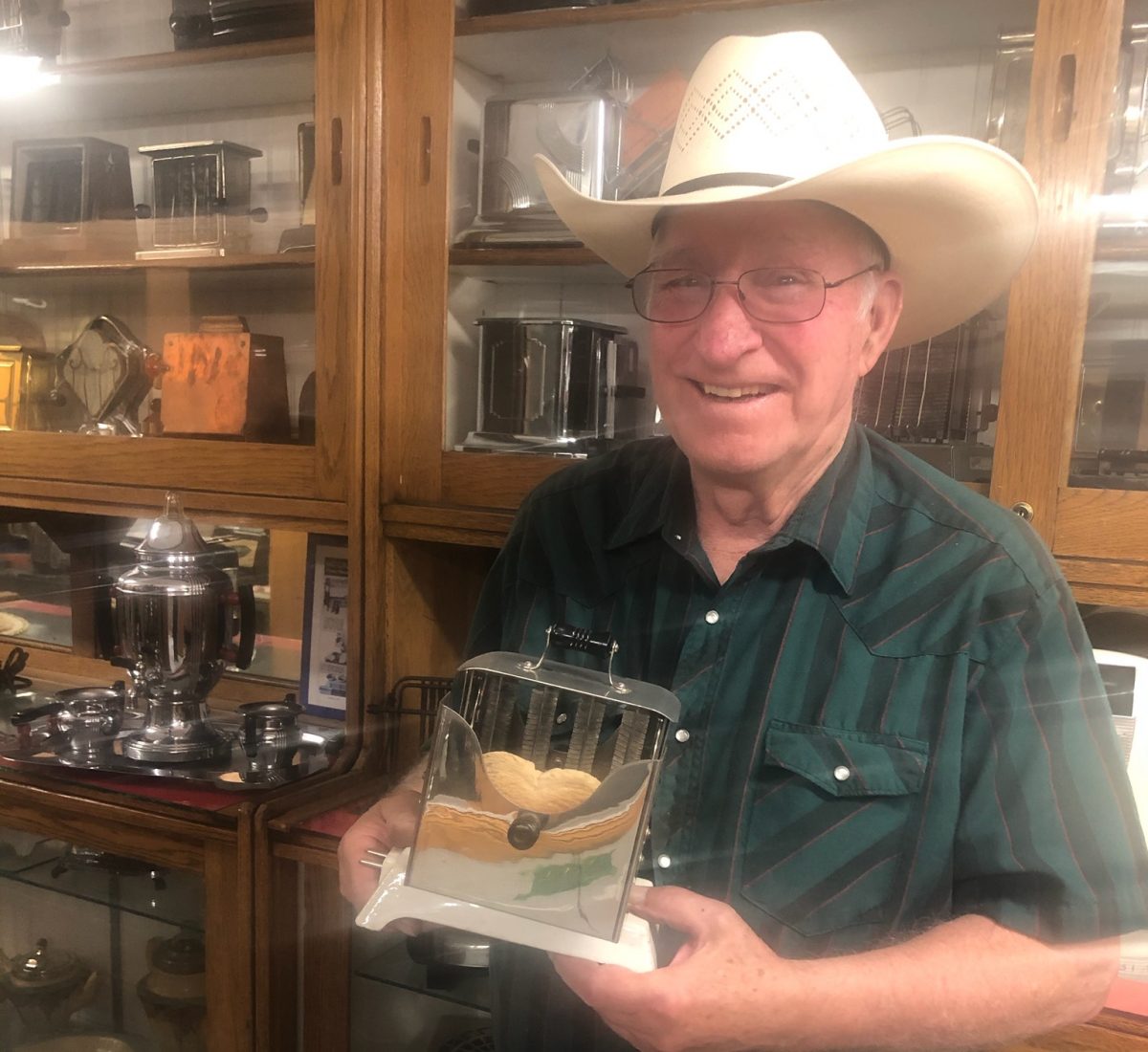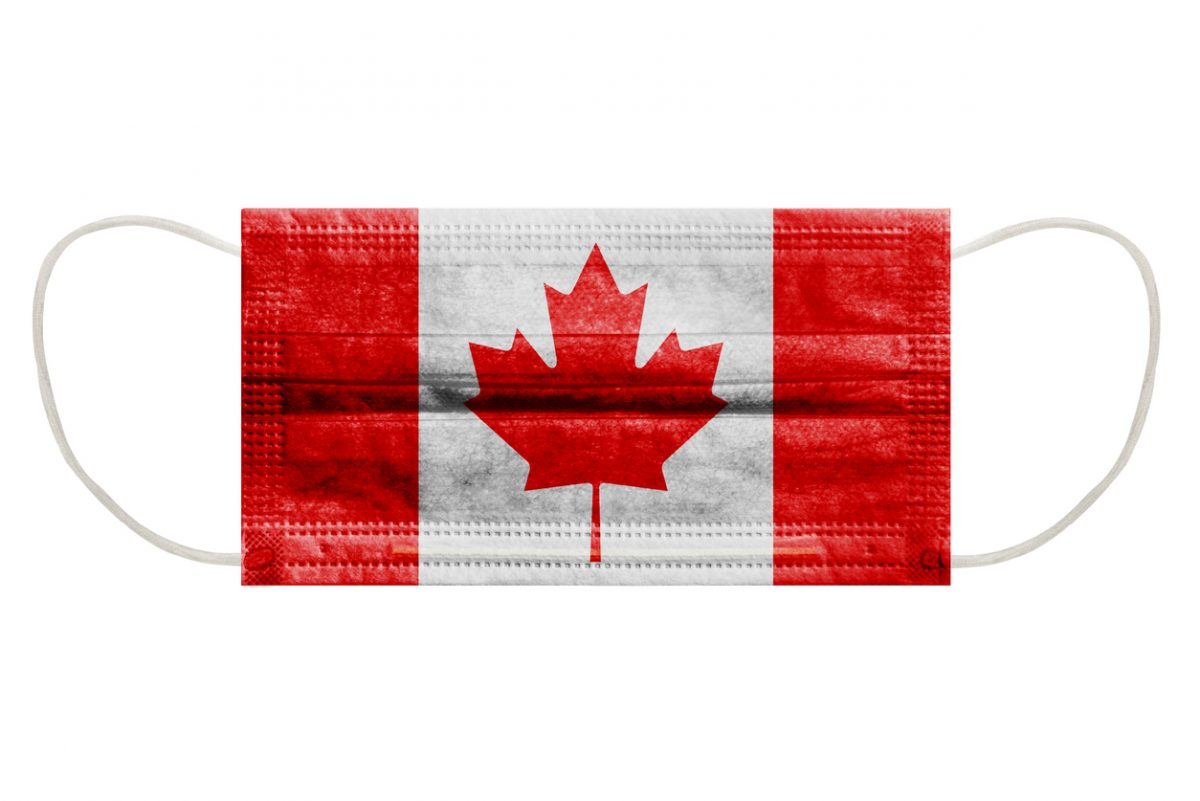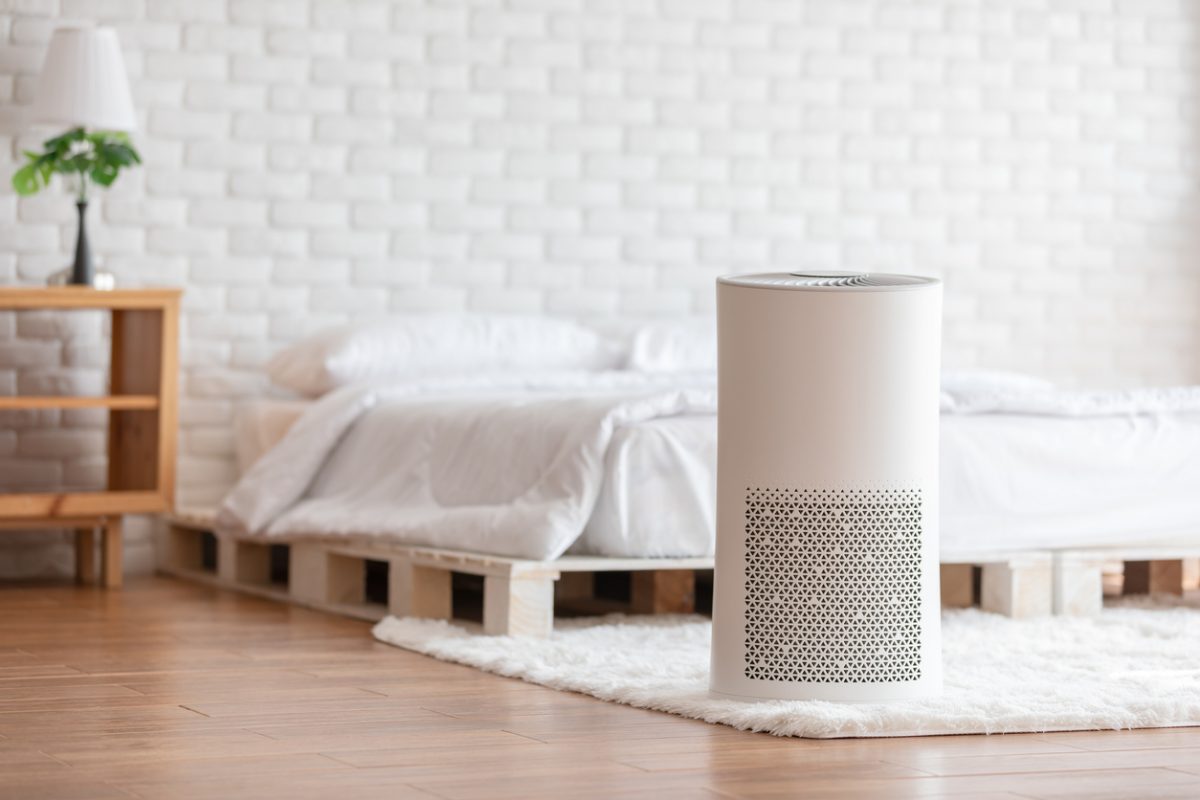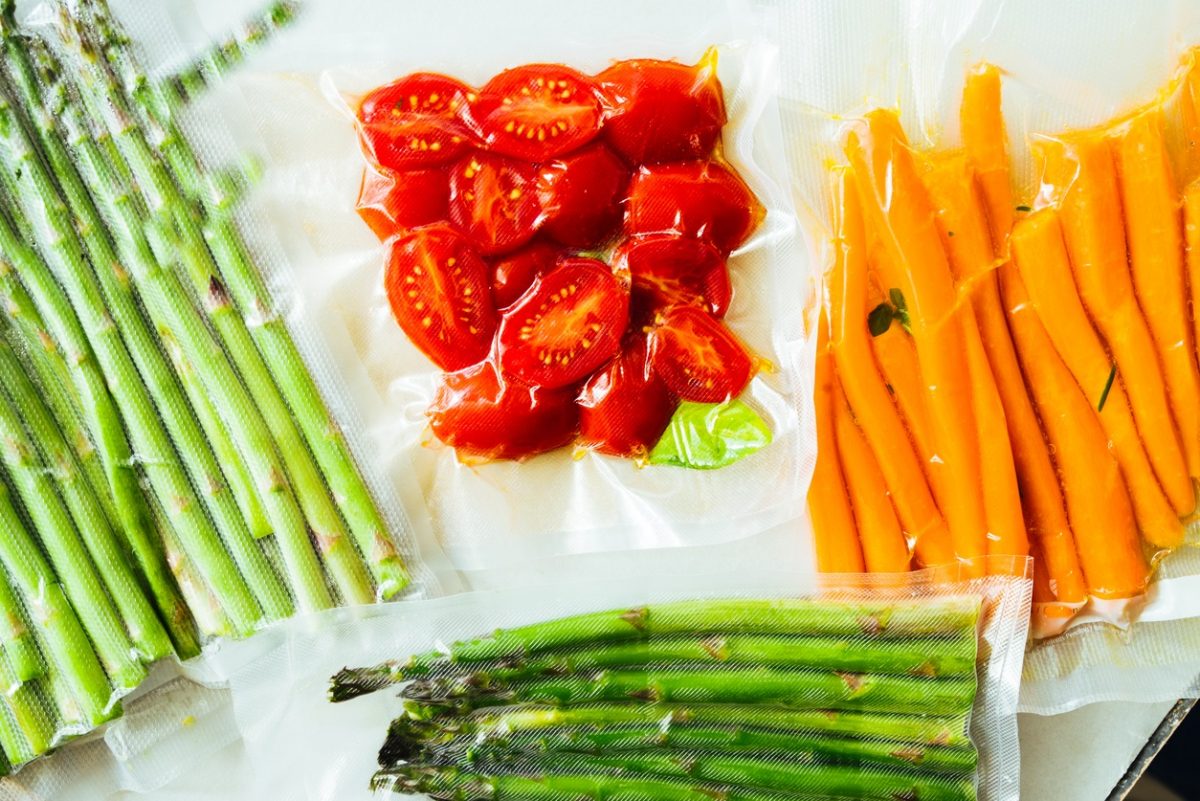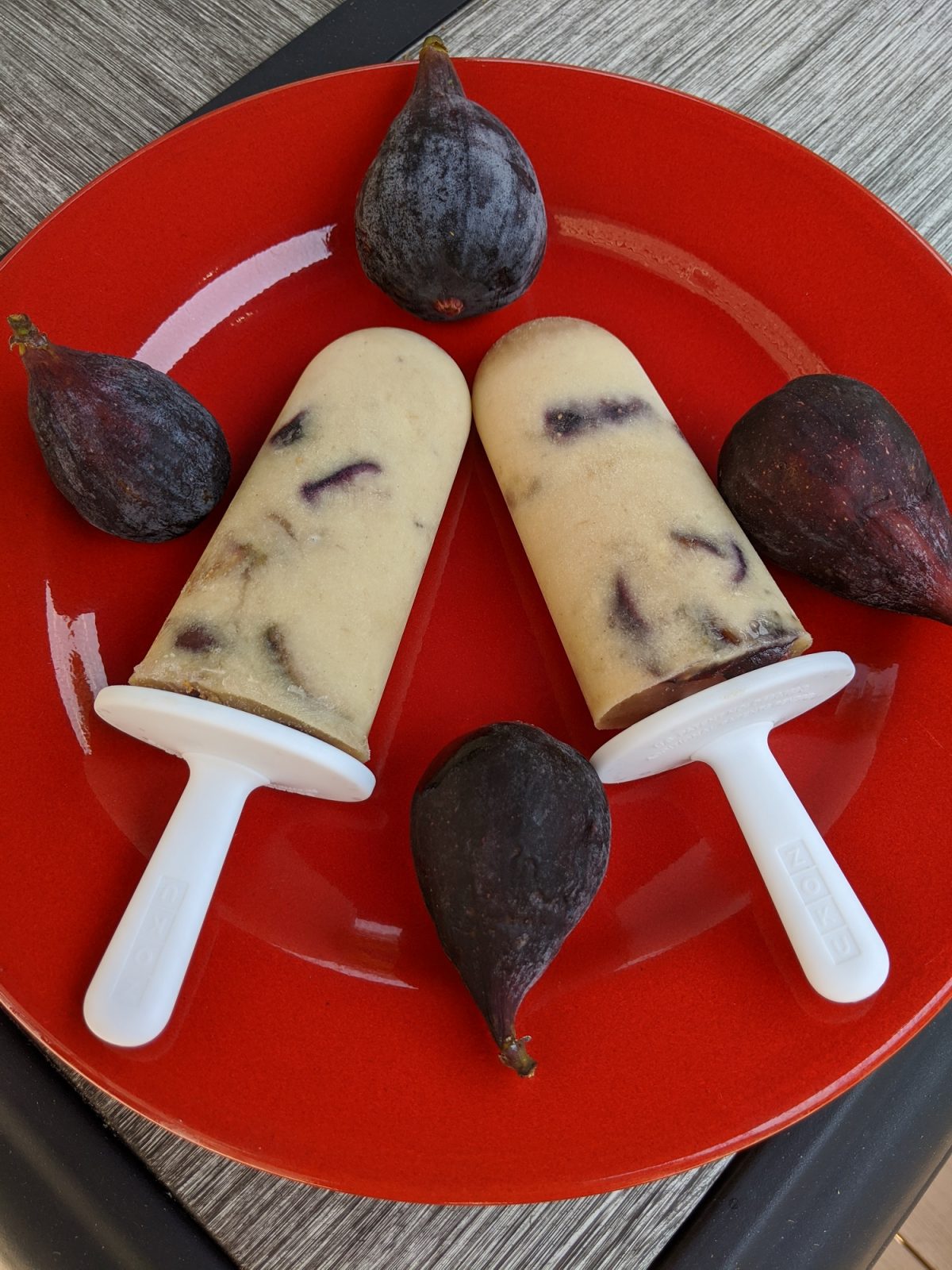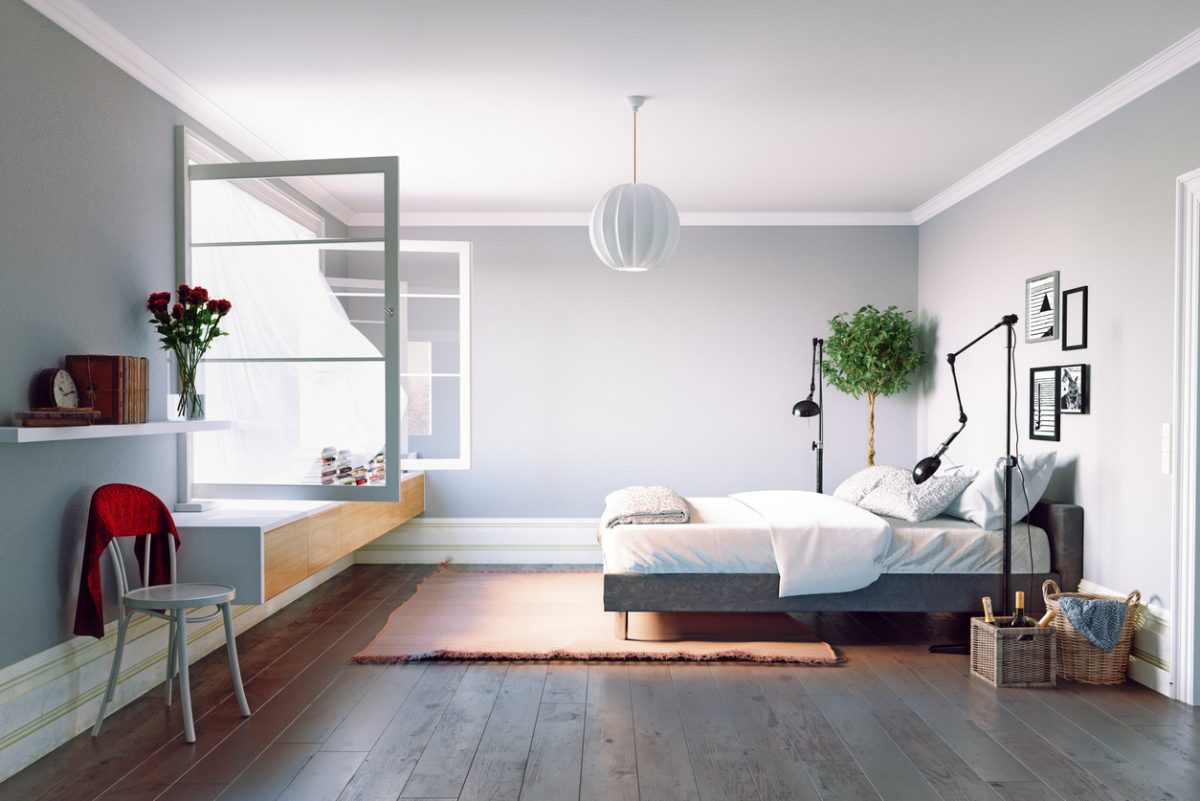
NOTE: NSF was interviewed for the following blog post on cleaning vs. sanitizing. While sanitization cycles are a tool to boost the cleanliness of your home, NSF’s testing of sanitization cycles does not presently include the COVID-19 or coronaviruses.
Anyone shopping for cleaning products that can kill bacteria, viruses and other illness-causing microorganisms these days might find the shelves bare of their favorite cleaning products, as coronavirus fears have led to ongoing hypervigilance about cleaning and sanitizing. So, if you still can’t find a steady supply of antibacterial wipes, the good news is you may already have tools at your fingertips, including the sanitizing cycles on your clothes washer and dishwasher, to kill off many of the bugs that cause colds, flu and other illnesses.
Cleaning vs. Sanitization: What’s the Difference?
It’s important to understand the difference between cleaning and sanitization.
“It’s a misconception that if you’re using vinegar to clean, you’re sanitizing,” says Mindy Costello, a registered environmental health sanitarian and NSF’s consumer product certification specialist. “Cleaning is just removing the soil. In sanitizing, you’re killing the microorganisms (bacteria, viruses and fungi).” If you want to reduce your risk of getting sick, sanitizing is the way to go.
To sanitize your dishes or laundry, both of which can be fertile grounds for viruses and bacteria, the sanitizing cycles on your clothes washer and dishwasher are among your best options. NSF tests both types of appliances for their ability to sanitize. To earn the NSF mark, clothes washers must show that the sanitizing cycle removes 99.9% of microorganisms from laundry. Dishwashers must show a reduction of 99.999%. During testing, three common organisms – staphyloccus aureus, klebsiella pneumoniae, and pseudomonas aeruginosa – added to the loads of dishes or laundry. The level of bacteria is tested afterward. The water in dishwashers that earn the NSF mark for sanitization must reach 150 degrees Fahrenheit during the final rinse and stay at or above that temperature long enough to achieve the 99.999 % reduction.
Consumers who are wondering whether their appliances have been tested for their ability to sanitize should look for the NSF mark and specification that clothes washers have met NSF-P172. For dishwashers, the standard is NSF/ANSI 184. The testing does not include the appliances’ ability to kill coronavirus, Costello says.
What surfaces should you focus on sanitizing?
While laundry (particularly damp laundry and that which has been worn by people who are ill) and dishes could harbor harmful germs and bugs, pay close attention to the surfaces of many of your appliances as well. Some of the more common breeding grounds, according to NSF, are:
- Coffeemaker: NSF’s 2011 International Household Germ Study found yeast and mold present in 31% of households studied. In half of those, it was found in the coffee reservoir of the coffeemaker.
- Refrigerator: Staphyloccus aureus (staph), a common and potentially harmful type of bacteria, was found in 6.4% of households. In 14% of those homes, it was found on the refrigerator handle.
- Stove knobs: Staph was found on stove knobs in 5% of the homes where the bacteria was discovered.
The biggest misconception among the 22 families surveyed during NSF’s study was that the bathroom would be the dirtiest part of the house. In fact, it was the kitchen, with coliform bacteria –indicating possible fecal contamination—found on
- More than 75% of dish sponges and rags
- 45% of kitchen sinks
- 32% of countertops
- 18% of cutting boards
Overall, the 10 germiest items in the household, listed in order, were:
- Dish sponges/rags
- Kitchen sink
- Toothbrush holder
- Pet bowl
- Coffee reservoir
- Bathroom faucet handle
- Pet toy
- Countertop
- Stove knobs
- Cutting board
So sanitize your laundry and dishes regularly, and pay close attention to laundry and dishes worn and used by people who are ill. Sanitize high-contact surfaces regularly, and do dishes as soon as possible, as bacteria begins to grow after about two hours on soiled dishes left at room temperature, Costello says. There are many kinds of sanitizing products on the market, including those the EPA says will kill coronavirus. To make your own sanitizing cleaner, Costello recommends adding a tablespoon of unscented bleach to a gallon of water.
Sponges and dishrags can be sanitized by heating them in the microwave for two minutes while they’re wet, Costello says.
Fear and anxiety about viruses are running high right now. While there’s no guarantee you won’t get sick, reducing harmful microorganisms in your home can reduce your chances and give you some peace of mind that you’re controlling what you can. Stay calm and keep sanitizing!
This post was updated in August 2021 to reflect the latest sanitization information.


